|
Visiting the
Okanagan Valley, Canada
Part 1 of a series on this remarkable wine region
in British Columbia, Canada

The Okanagan Valley, In British Columbia, is one of Canadaís two
main wine regions (the other is Ontario). Itís visually very pretty,
arranged around two interconnecting lakes (Okanagan, the main one,
and Skaha), with hills rising on each side. The 3300 hectares of
vineyards arenít wall to wall, unlike the situation in many of the
other famous wine regions of the world. Except for in the south of
the appellation, the vineyards tend to be dotted around in pockets
on either side of the lakes, which makes for quite a range of
microclimates.
.JPG)
The Okanagan is the biggest of the BC wine regions,
with 131 of the provinceís 215 wineries and 86% of its vineyard
area. Other BC regions include the Similkameen Valley (which abuts
the Okanagan at its southernmost end) and Vancouver Island.
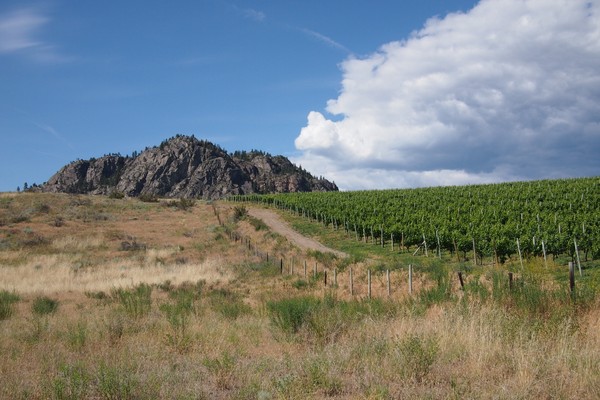
I arrived in the Okanagan by road, driven by my travelling companion
and tour guide David Scholefield. Itís a lovely four-hour drive
through some spectacular scenery. Although thereís the possibility
of flying from Vancouver to Penticton or Kelowna, the two main towns
at the south and north of the lake, respectively, the drive is worth
it for the views. On the way I got to see my first ever wild moose,
and also a peregrine falcon. No bears, though.
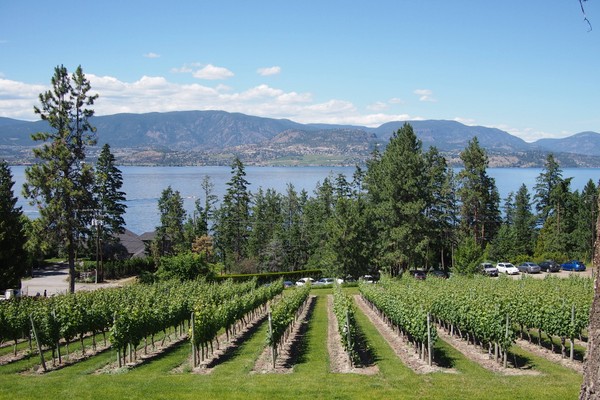
Lake Okanagan is long. The region itself stretches 160 km, although
the lake itself isnít that long. The climate at the north end of the
lake is totally different from that of the south. Add in the
difference between the east and west banks of the lake (one gets
afternoon sun, the other morning), plus the soil differences, and it
soon becomes difficult to generalize even about the Okanagan as a
wine region. You can grow a lot of varieties here successfully,
depending on where you are.
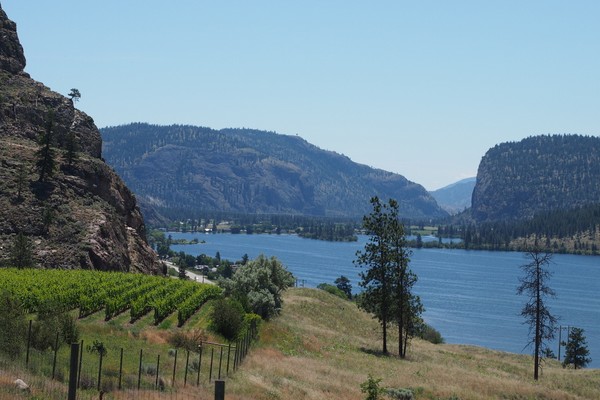
As with Ontarioís regions, the Okanagan is a young region, in that
Vitis vinifera varieties havenít been grown here all that
long. It has a cool climate, if you look at the heat summation data,
but in reality itís a cool-ish and even warm (in the peak of summer)
climate with a compressed growing season, hemmed in at either end by
frosts. The continental climate is moderated by the presence of the
deep lake. Good natural acidity is a feature of the wines here.
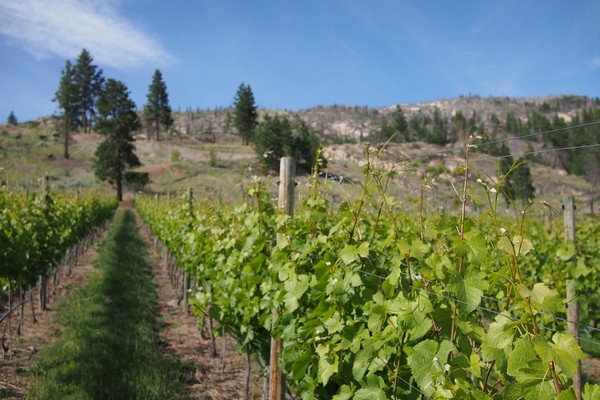
This is a dry region, with around 250 mm rain a year in the driest
parts, and 400 mm in the wettest: itís located in the rain shadow of
the Cascade and Coast mountain ranges. Itís practically a desert.
Thatís not enough to grow wine grapes, so irrigation is essential,
with the exception of just a few spots where the ground water
reserves can take a vine all the way through the season.
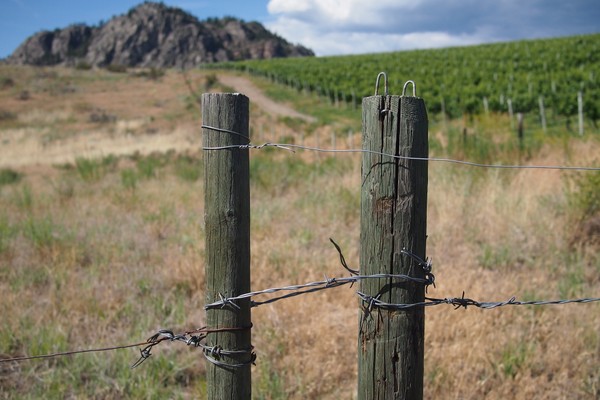
So what about the wines? Diversity is the message. This is a region
that can grow Pinot Noir (which thrives in the cooler parts)
alongside Cabernet Sauvignon (which can ripen quite happily in the
warmer bits). Syrah does well here in places, and Merlot can be very
good. For the whites, I tasted excellent Pinot Gris and Chardonnay
and superb Riesling. And there are good sparkling wines here, too.
The lack of a single signature variety is problematic in terms of
marketing the Okanagan, but this just reflects the diversity of
vineyard sites there are here.
OKANAGAN VALLEY
 Introduction Introduction
 Mission
Hill Mission
Hill
 Haywire Haywire
 Tantalus Tantalus
 TH Wines TH Wines
 Cedar
Creek Cedar
Creek
 Blue
Mountain Blue
Mountain
 Synchromesh Synchromesh
 Painted
Rock Painted
Rock
 50th
Parallel 50th
Parallel
 Okanagan
Crush Pad Okanagan
Crush Pad
 Culmina Culmina
See
also:
 Visiting
Ontario's wine regions, Canada (series) Visiting
Ontario's wine regions, Canada (series)
Find these wines with wine-searcher.com
Back
to top
|

